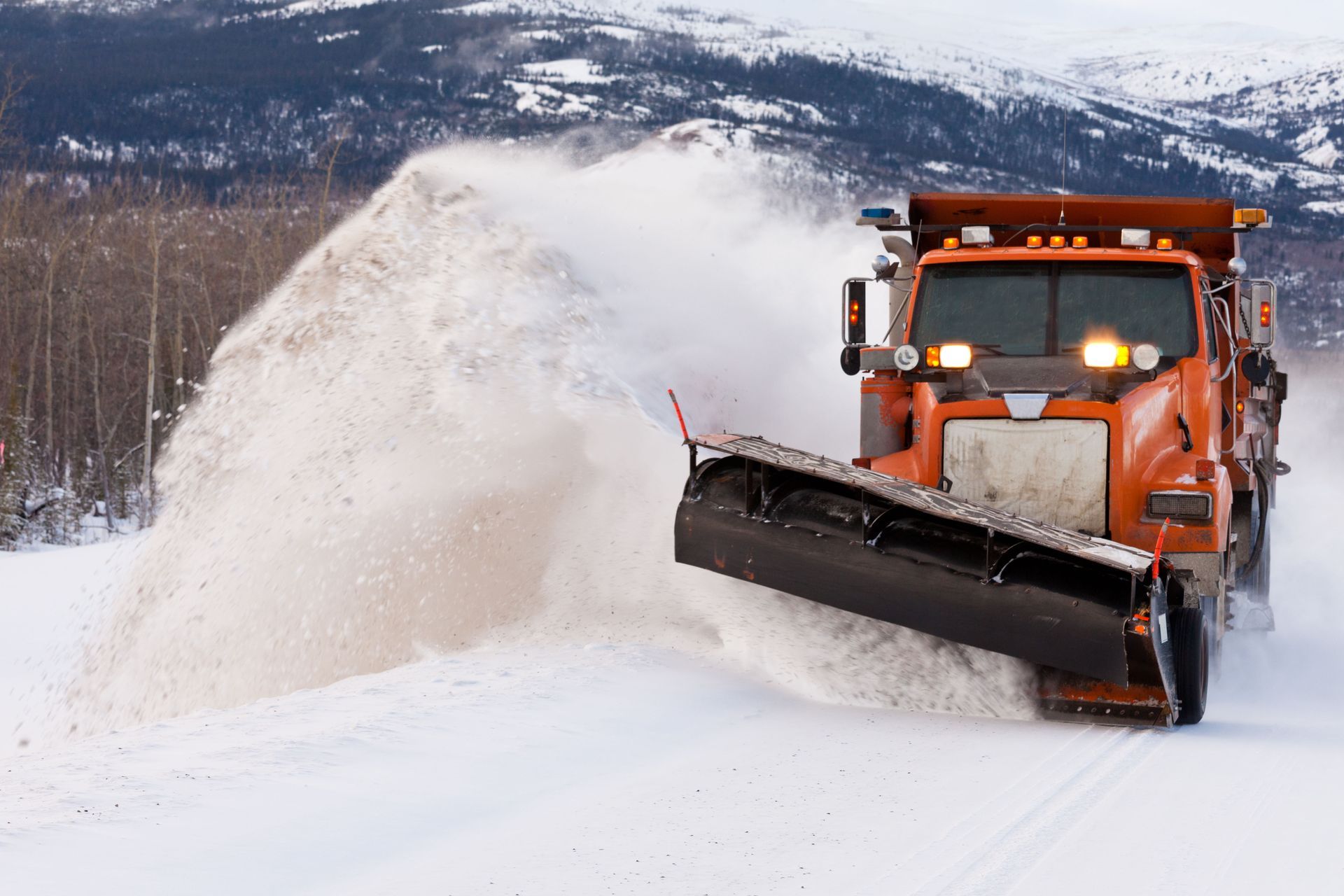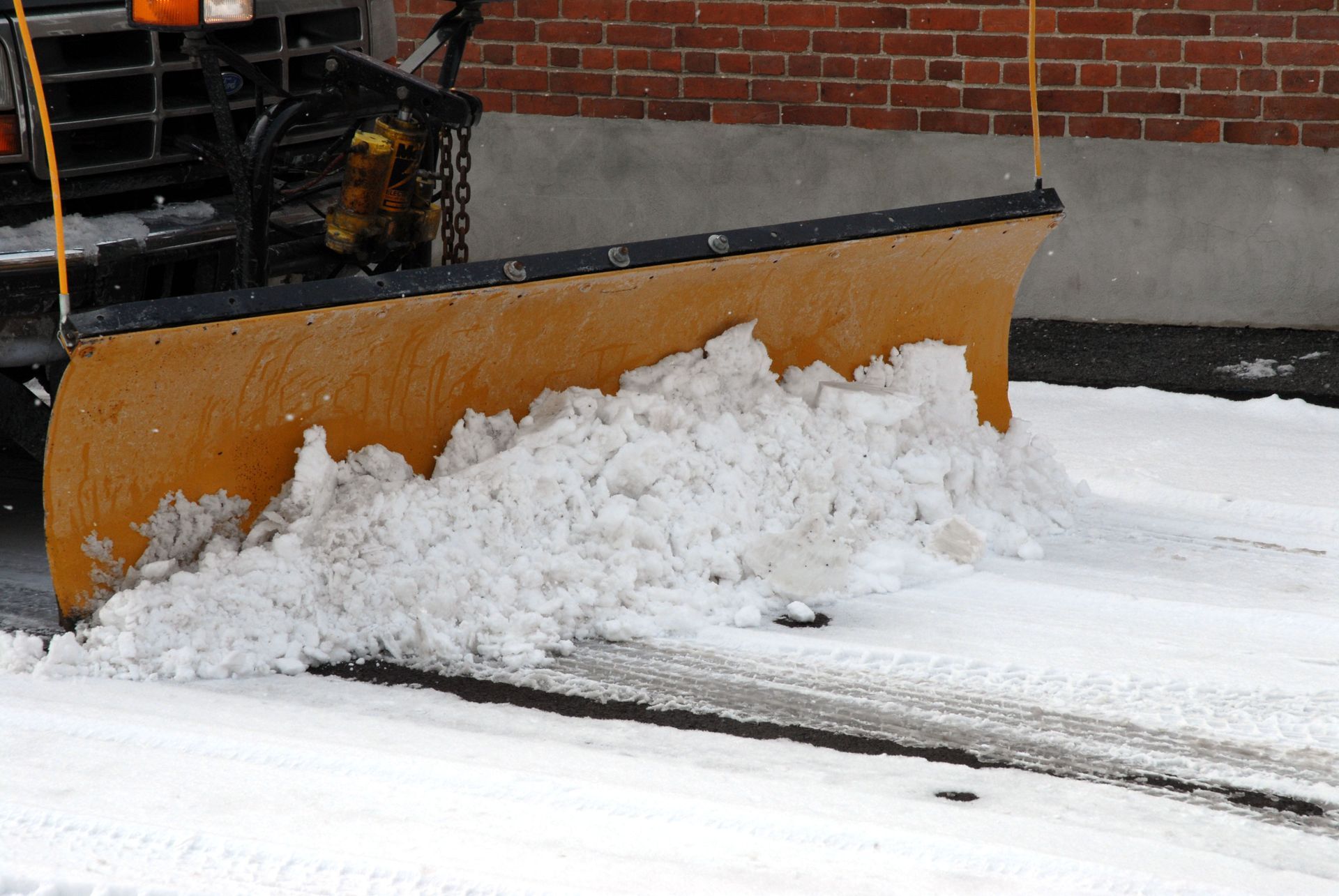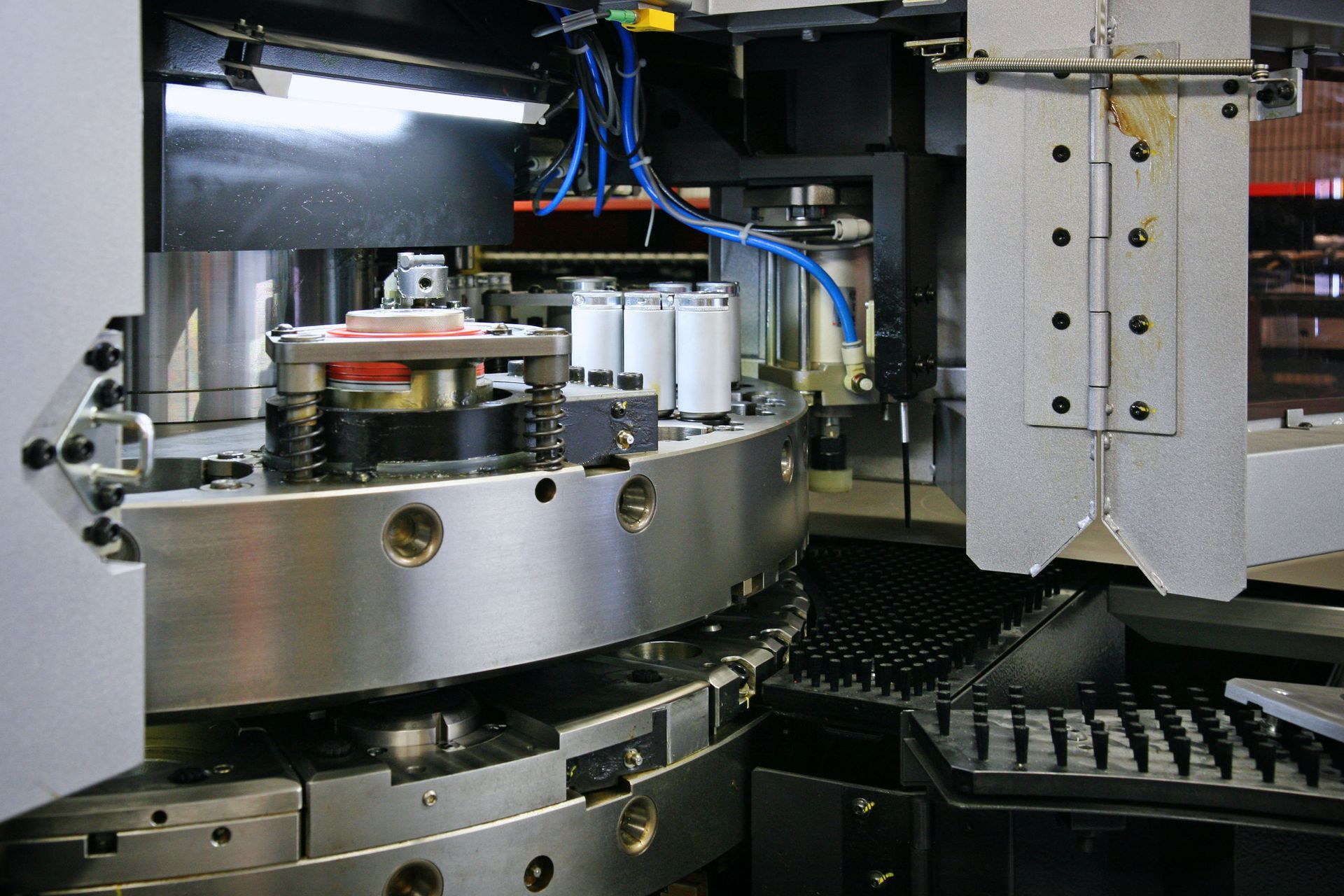The Essentials of Snow Plowing
Snow plowing is an integral part of winter maintenance, ensuring that roads, driveways, and walkways remain navigable and safe. As snow blankets residential and commercial areas, the role of the snow plow becomes crucial in preventing disruptions and minimizing accidents. Whether you're a professional plow operator or a homeowner handling your driveway, understanding the essentials of snow plowing can lead to more effective and efficient snow removal.
Choose the Right Equipment for the Job
One of the fundamental aspects of snow plowing is selecting the right equipment. The choice of vehicle and plow blade can significantly influence the efficiency of snow removal. For residential settings, using a smaller vehicle equipped with a versatile blade tends to be ideal, offering better maneuverability and precision. Conversely, commercial operations often require heavier machinery capable of clearing large areas swiftly. Regardless of the setting, ensuring that the equipment is well-maintained and properly adjusted is vital to prevent damage to both the plow and the surfaces being cleared. Companies that specialize in snow plow blade manufacturing play a key role in providing reliable tools for both residential and commercial needs.
Control Speed for Safe and Effective Plowing
Speed control is another crucial factor in effective snow plowing. According to Golden Valley, when plowing residentially, snow plow blades typically travel between 10 and 20 miles per hour. This speed allows operators to handle the distinctive nature of residential streets, which may include narrow pathways and parked vehicles. Maintaining a moderate speed not only ensures thorough clearing but also reduces the risk of accidents or property damage, as operators have greater control over the plow’s movements. In addition to operational skill, effective results often depend on components made by trusted snow plow blade manufacturing specialists, who understand how to balance durability with performance.
Adapt Techniques to Match Snow Conditions
Another essential consideration in snow plowing is understanding and responding to different types of snow and weather conditions. Light, powdery snow can be pushed aside easily, whereas wet, heavy snow requires more effort and strategy to clear effectively. Operators must adapt to changing conditions, employing techniques such as multiple passes and angle adjustments to handle varying snow densities. Additionally, operators should take into account factors like ice under the snow and slush, which can affect traction and the plow’s ability to clear effectively. Choosing equipment produced by reputable snow plow blade manufacturing companies can help ensure you're prepared for any of these challenges.
Snow plowing is more than just a winter chore; it's an essential service that requires knowledge and skill. By selecting the appropriate equipment, maintaining proper speed control, and adapting to different snow conditions, individuals and professionals alike can ensure that roads and paths remain passable during winter storms. For reliable support or equipment, contact the experts at Ray-Mac, Inc today.





Share On: